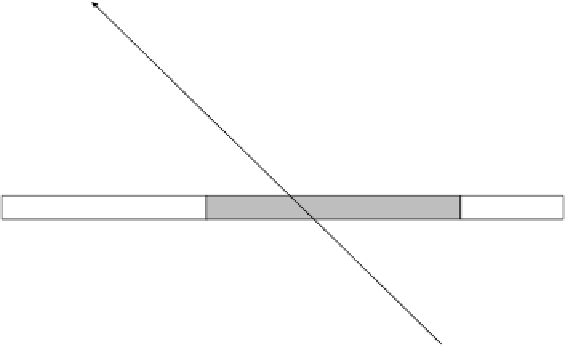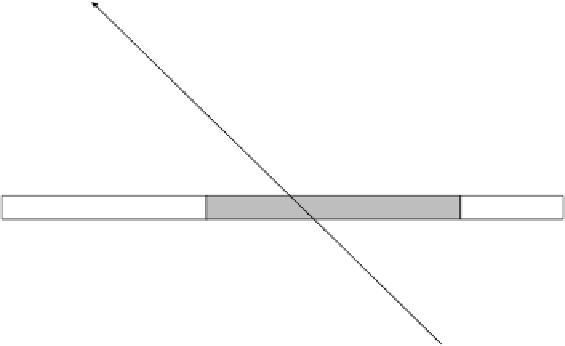Information Technology Reference
In-Depth Information
Shaded region represents the reception schedule of a client that
enters the system at time
t
0
Channels in Type-II can be grouped and released at
the same time by using one multicast stream
L
0
L
0
L
0
L
0
L
0
L
0
L
0
Logical
channel 0
L
1
L
1
L
1
L
1
L
1
b
mi
Logical
channel 1
Type-I
channels
+
L
2
L
2
L
2
L
2
L
2
L
2
Logical channels
in group 0 start
receiving at
h
0
and release at
g
0
l
.
.
.
.
.
.
.
.
.
.
.
.
.
.
.
.
L
3
L
3
L
3
L
3
L
3
L
3
……
……
L
4
L
4
L
4
L
4
L
4
L
4
L
4
Type-II
channels,
group 0
I
b
gh
L
5
L
5
L
5
L
5
L
5
L
5
L
5
−
j
j
Type-II
channels,
group 1
L
6
L
6
L
6
L
6
L
6
L
7
L
7
L
7
L
7
L
7
Type-II
channels,
group 2
L
8
L
8
L
8
L
8
L
8
Client
reception
bit-rate
……
……
……
……
Playback
L
0
L
1
L
2
L
3
L
4
L
5
L
6
L
7
Time
mL
N
⋅
Client access bandwidth constraint
C
t
T
=
0
j
t
n
2,
j
h
j
g
j
: Group number of type-II channel(s)
T
m
L
L
i
N
b
i
: Startup latency
: Configurable parameter
: Time when the client enters the system
: Total number of channel in group
j
: Start time of receiving video segment in group
j
relative to the start of video
play back (in the unit of
L/N
seconds)
: End time of receiving video segment in group
j
relative to the start of video
play back (in the unit of
L/N
seconds)
: Length of video
: Video segment number (0,1,…,
N
−1)
: Total number of segments
: Video bit-rate
: Logical channel number (0,1,…,
N
i
−
1)
Figure 18.6
Bandwidth partition scheme and reception schedule in Grouped Consonant Broadcasting
with
m
=
2
denoted by
W
j
,isgivenby
b
g
j
−
W
j
=
(18.19)
h
j
where
g
j
and
h
j
represent respectively the completion time and the start time for receiving the
video segments in the group relative to the time video playback begins, in unit of
U
seconds,
and are given by
n
1
,
0
otherwise
for
j
=
g
j
=
(18.20)
n
1
+
n
2
,
0
+
...
+
n
2
,
j
−
1
,
j
,
for
j
≤
n
1
h
j
=
(18.21)
n
1
+
n
2
,
0
+
...
+
n
2
,
j
−
n
1
−
1
,
for
j
>
n
1

































































Search WWH ::

Custom Search